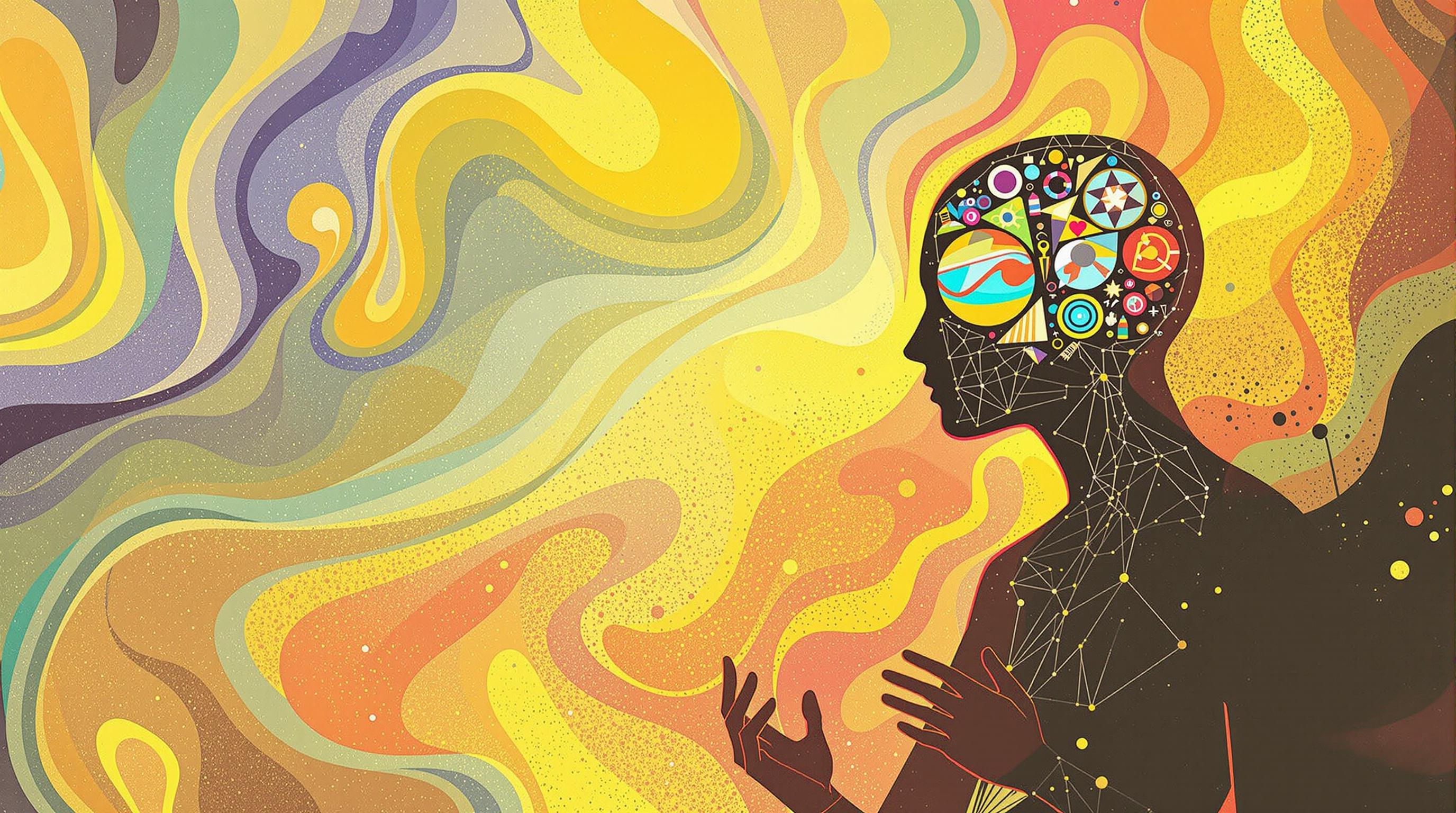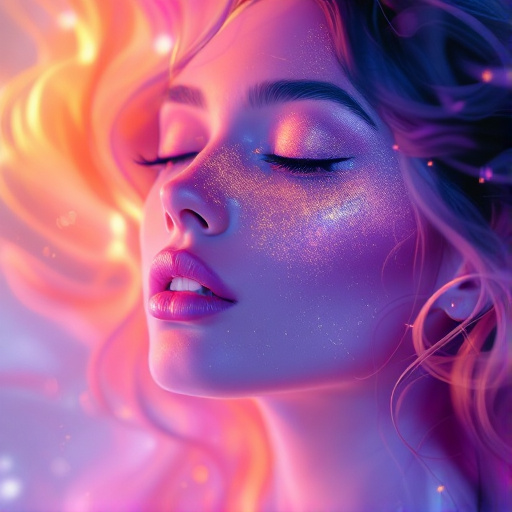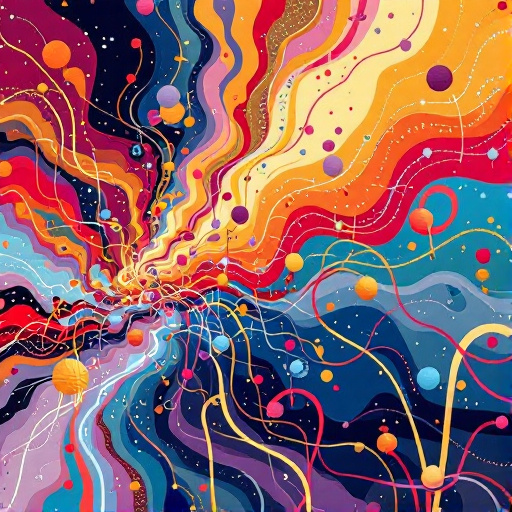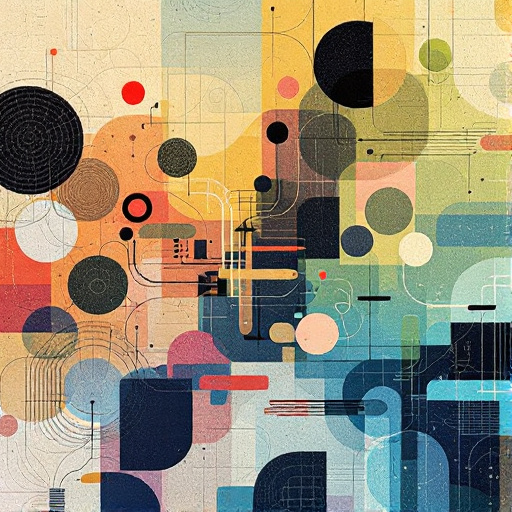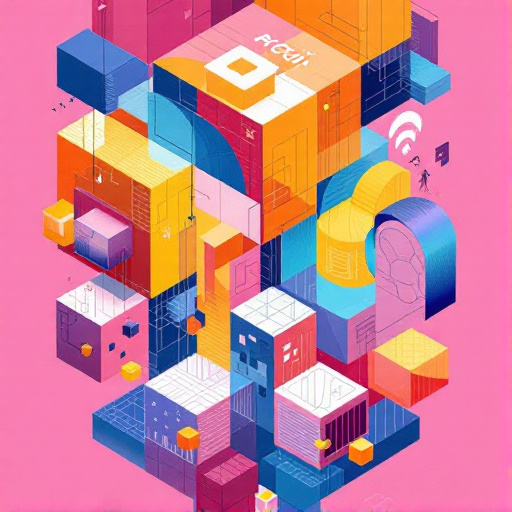Featured Articles
- 9 Surprising Psychological Triggers Hidden in Beautiful Web Design That Captivate Visitors Instantly
- Exploring the Art of Balance: Minimalism vs. Maximalism in Beautiful Web Design Unleashed
- From Chaos to Calm: Exploring the Allure of Randomized Layouts in Beautiful Web Design
- Reviving Retro: How Nostalgic Design Elements Are Transforming Modern Web Aesthetics
- The Aesthetics of Code: How Beautiful Web Design Can Influence Emotional User Experiences
From Chaos to Calm: Exploring the Allure of Randomized Layouts in Beautiful Web Design
From Chaos to Calm: Exploring the Allure of Randomized Layouts in Beautiful Web Design
The world of web design is rapidly evolving, and one of the most intriguing trends is the embrace of randomized layouts that can transform chaos into calm. In this article, we delve into the allure of this unique approach to design, exploring various tones, examples, and its profound impact on user experience.
The Design Dilemma: Order vs. Chaos
Imagine walking into a gallery filled with paintings that each tell a different story—all displayed in a haphazard arrangement. It sounds chaotic, but somehow, it creates a buzz of excitement and curiosity. This is the essence of randomized web layouts: they challenge traditional design principles predominantly centered around grid systems and structured organization.
But first, let’s not dismiss chaos altogether. Embracing randomness in design doesn't mean abandoning functionality; rather, it offers a fresh perspective on how we engage with content online. According to a 2023 study by the UX Collective, “34% of users reported feeling more intrigued by websites with unexpected layouts.” This statistic suggests that people are drawn to the unconventional, making them more likely to explore.
The Psychology Behind Randomized Layouts
If we dig into the psychological aspect, the allure of a randomized layout can be tied to the human brain's affinity for novelty. In 2013, neuroscientists at Stanford University discovered that our brains reward us with dopamine when we encounter something new and unexpected. Randomized layouts can create this very thrill, leading to heightened engagement and an increased likelihood of return visits.
Chaos: An Unlikely Friend
Consider the website of design firm, Fubiz. Their layout breaks traditional rules, featuring bold typography, stunning visuals, and—it might seem wild—an entirely non-linear approach to navigation. The result? A vibrant tapestry where each click reveals additional layers of creativity, keeping visitors engaged for longer. Fubiz enhances the “chaos” and turns it into an artistic playground.
Old-School Meets New-School
Of course, not everyone agrees with this trend. Some designers argue that established structures provide users with familiar pathways, enhancing usability. It’s a valid point! A case in point is IKEA. Their website, while randomized in some areas, features a calculated layout in product navigation to ensure customers can easily find what they need. The balance between chaos and order is delicate, but the blend is what makes it work.
Case Study: The Trouble with Traditional Grids
Take a deep dive into the online magazine, Awwwards. Their recognition and platform highlight websites that have pushed boundaries in design, many using randomized layouts. By allowing different elements to flow together unstructured, Awwwards exemplifies how varied layouts can offer distinct experiences that keep readers visually stimulated.
Is Random Really Random?
But here's an interesting twist: even when employing a randomized layout, there is often an underlying system. Design tools like Adobe XD or Figma have features that allow designers to control randomness, ensuring that elements still align with brand identity and user expectations. In essence, true “randomness” may be more structured than it appears.
Developing Your Randomized Approach
So you're convinced! You want in on the randomized layout game, but where do you start? Think about colors and shapes that represent your brand. Begin by experimenting with different formats, and consider taking inspiration from a range of sources outside the digital realm. Art, nature, and even music can influence your design choices dramatically.
Incorporating A/B Testing
If you decide to embrace a more chaotic layout, consider using A/B testing. Create two versions of your site: one with a structured design and another that is entirely randomized. Stats from a 2022 usability study showed that 60% of participants preferred a site with randomized grid designs versus traditional layouts. Make data-backed decisions on how you proceed.
A Word on Negative Space
Another crucial aspect of effective web design is negative space. While it may seem counterintuitive in a chaotic layout, negative space allows users to breathe, providing moments of pause amid the "chaos." A well-utilized layout can guide the user’s eye to essential information without overwhelming them.
The Art of Balancing Visual and Functional Elements
Let’s pivot here and talk visuals. A perfect example is the site of the non-profit organization, Charity: Water. They’ve elegantly intertwined their informative content with stunning visuals, using random layouts to emphasize different initiatives while maintaining a cohesive message. The outcome? An engaging platform that inspires users to learn and contribute.
Randomness in E-commerce
You might wonder how such layouts can fit into e-commerce sites. Brands like ASOS have been known to implement randomized elements to engage customers emotionally, inviting them to shop in adventurous and unconventional ways. Studies indicate that unique web banner layouts can increase click-through rates by up to 23%. So, why not let the creativity flow?
The Future of Web Design
As we look to the future, the question remains—where will randomized layouts take us next? Virtual reality and augmented reality technologies are already paving new ways for interactivity. Imagine stepping inside a website where the layout adapts to user behavior, creating a truly personalized experience that defies expectations.
Does It Work for Everyone?
Adopting randomized layouts may not necessarily work for every business model or target audience. Brands emphasizing clarity, like financial institutions or healthcare providers, might benefit more from structured designs. However, incorporating elements of surprise in unexpected ways can reinforce their brand's personality, breaking through the potential monotony.
A Final Reflection
So here we are, at the end of this exploration of design chaos! It's clear that employing randomized layouts is not just a fleeting trend but a pathway to innovation in how we experience the web. Whether you're a web designer, a brand manager, or simply a curious surfer out to explore the digital landscape, the journey from chaos to calm in design is one worth taking!
Our aim should be to create spaces that not only look good but also engage users emotionally. So, friends, start channeling your inner designer and lean into the randomness—who knows what kind of beauty awaits?
